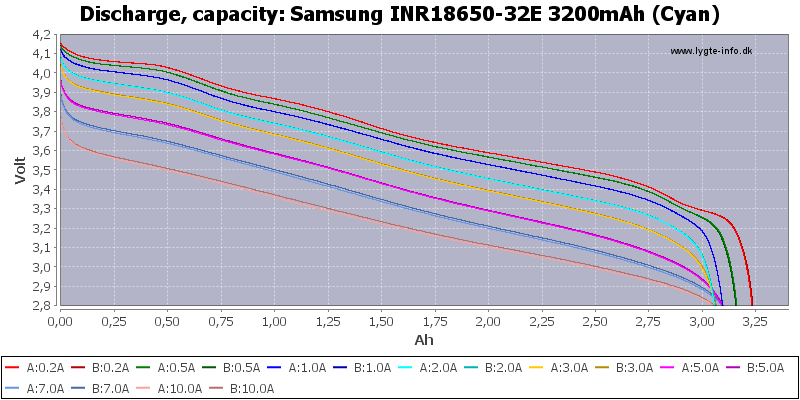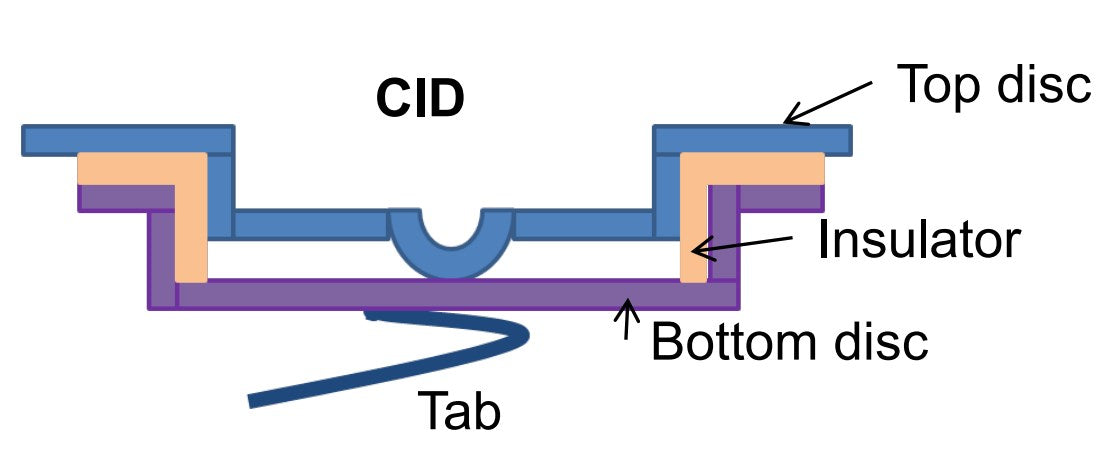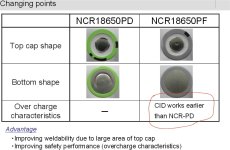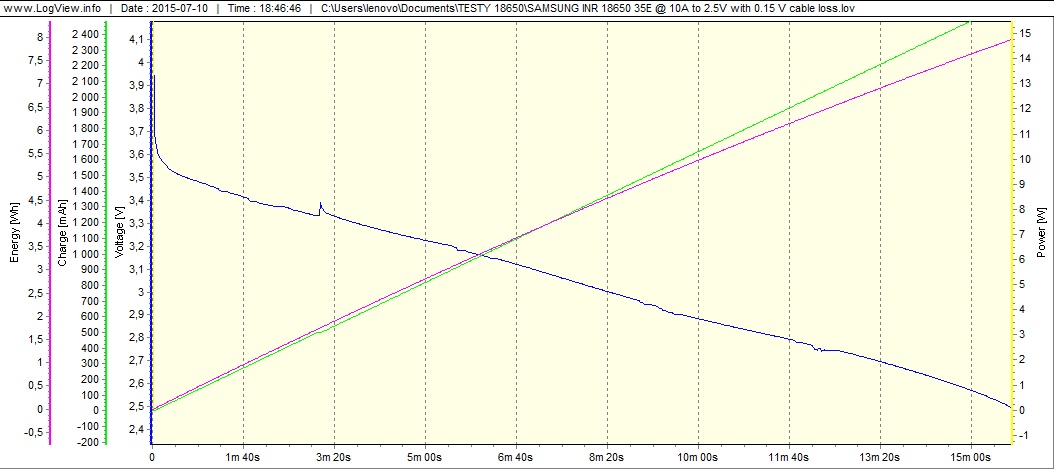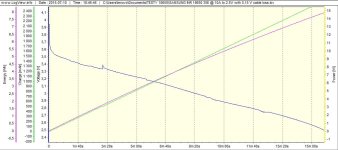zener
1 kW
- Joined
- Jan 16, 2014
- Messages
- 353
fellow said:LG MJ1 had the throne for the whole 5 days. Meet the LG MJ1 killer, the Panasonic/Sanyo NCR18650GA:

Panasonic/Sanyo NCR18650GA: 3.4Ah and 11.2Wh at 10A (down to 2.5V), 49.5g (47 grams measured). Higher voltage than LG MJ1 through the whole range. Things are moving fast those days! https://yunergybattery.wordpress.com/2015/05/29/2015-new-sanyo-ncr18650ga-vs-lg-inr18650-mj1/

Todays top 5 ebike performance cells at 10A continuous discharge:
1. Panasonic/Sanyo NCR18650GA, 3.4Ah and 11.2Wh at 10A (down to 2.5V), 47 grams measured. 238Wh/kg at 10A. Measurement is here: https://yunergybattery.files.wordpress.com/2015/05/10a-vs-lg-mj1.jpg
How can he measure 3381mAh @ 10A ! while spec. says 3350mAh @ 0.67A with a 38mOhm cell?
He also measured 3371mAh @ 1C.
Did you have seen that this https://yunergybattery.wordpress.com/ have only this cell test?
We need to know the mOhm from all these cells than we have something real to compare.


